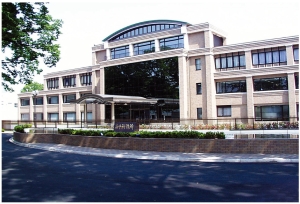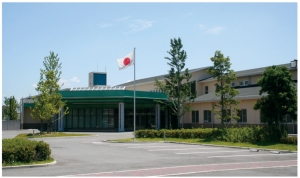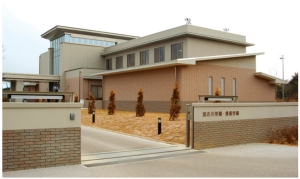TOP >
Correction Bureau
Correction Bureau
The Correction Bureau is responsible for matters concerning the treatment of inmates (such as security, prison work, education, classification, medical treatment, hygiene) in the correctional institutions (prisons, juvenile prisons, detention houses, juvenile training schools, juvenile classification homes, and the womenʼs guidance home); the planning and drafting of correctional legislation; the organization and management of correctional institutions; and the international transfer of sentenced persons.
Toward Japan as“the Safest Country in the World”
Flow of Criminal Cases Committed by Adults
Handling Juvenile Crimes and Delinquencies
Smooth Enforcement of Act on Penal Detention Facilities and Treatment of Inmates and Detainees
Further Improvement of Juvenile Correction
Facilities
Penal Institutions(Prisons, Juvenile Prisons, Detention Houses)
The penal institutions consist of prisons which confine inmates sentenced to imprisonment with or without work, juvenile prisons which confine sentenced juvenile inmates and detention houses which confine defendants or suspects awaiting trial.
The treatment of sentenced persons aims at their rehabilitation and smooth return to society and for this purpose, they are taken into the most suitable institution after psychological examinations of their personality characteristics and social adjustments. The institutions draw up the treatment plans most suitable for individual sentenced persons and actively carry out various work, vocational training, living guidance, and educational programs, etc.
In addition, some prisons, including Ichihara Prison and Ooi Shipyard Prison Camp (of Matsuyama Prison), adopt “open treatment” measures, and thus the Ministry is actively introducing new treatment techniques.
The treatment of defendants awaiting trial is intended to contribute to smooth trial proceedings by detainment and by preventing the destruction of evidence while paying due respect to their basic human rights.

FUCHU Prison
Juvenile Classification Homes
A Juvenile classification home confines juveniles who have been referred by the family court when the court orders “protective measures.” The home conducts assessment of these juveniles based on the expertise the home has in medicine, psychology and pedagogye, etc. in order to provide relevant information for the investigation and hearing by the family court. Such assessment is conducted by interviews, psychological tests and behavioral observations as well as by psychiatric examinations if necessary; the treatment guidelines for their rehabilitation are drawn up through examination and diagnosis of the mental and physical conditions of juveniles and through clarification of the causes of delinquency.
The home also conducts assessment at the request of the superintendent of juvenile training schools, the director of probation offices, etc. for the enforcement of protective measures etc.
Furthermore, the home provides necessary supports such as counseling and consultation services based on its professional knowledge and skills for the general public and school teachers on delinquency, bullying and domestic violence, etc. in order to prevent delinquency and crime in the local community.

OSAKA Juvenile Classification Home
Women’s Guidance Home
The Women’s Guidance Home confines adult females who are rendered “guidance measures”by the criminal court for violation of the Anti-Prostitution Act. The home provides living guidance and vocational training according to the needs for their rehabilitation.
Juvenile Training Schools
Juvenile Training Schools confine juveniles etc. who have been sent from the family court as protective measures and provide correctional education etc.
At a juvenile training school, the individual treatment plan which determines the goals, contents, implementation methods, and terms of correctional education that should be conducted according to the juvenile’s traits such as age, physical and mental condition, and criminal tendencies etc. is drawn up for each individual, and the training school provides correctional education by appropriately combining lifestyle guidance, vocational training, subject teaching, health and physical education, and special activities.

KAKOGAWA & HARIMA Juvenile Training School
